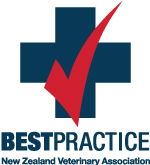BESTPRACTICE® accreditation
 By gaining BESTPRACTICE® accreditation you are demonstrating to your clients that you believe in the quality of all aspects of your veterinary clinic or hospital.
By gaining BESTPRACTICE® accreditation you are demonstrating to your clients that you believe in the quality of all aspects of your veterinary clinic or hospital.
The New Zealand Veterinary Association Te Pae Kīrehe set up the BESTPRACTICE® accreditation programme to promote and maintain the highest standards of veterinary practice in New Zealand.
The standards cover a wide range of aspects of veterinary care – surgical and medical standards, nursing care, diagnostics, safety procedures, facilities, equipment, professional development and training.
Clinics can seek accreditation as a veterinary hospital, or as a clinic – in companion animal medicine, large animal medicine, or as a mixed practice. Accredited clinics are audited every two years to ensure the maintenance of the programme's quality service standards.
We help you keep up-to-date
Veterinarians operate in a very controlled legal and ethical environment, which is becoming increasingly complicated. With the pace of changes being introduced - such as health and safety requirements, veterinary registration and continuing professional development obligations of the Veterinary Council of New Zealand. It can be challenging for individual clinics or hospitals to keep up-to-date.
The BESTPRACTICE® committee (which provides governance for the programme) liaises with various regulatory authorities - researching, negotiating and clarifying details to produce a set of standards that meet their requirements and that are easy for you to understand and implement.
Want to become BESTPRACTICE® accredited?
Send the team an email at bestpractice@vets.org.nz or call 04 471 0484.
BESTPRACTICE® Standards
Please note the 2016 BESTPRACTICE® Standards have been superseded by the 2023 Standards.
Desktop audits
Audits are performed every two years, comprising of an in-clinic audit and a desktop audit.
How to do a desktop audit:
- Complete the self-assessment column by recording which part of your procedures covers that specific standard.
- Each document referred to should be submitted to the auditor.
- Send the completed Standards document to the auditor before the in-clinic audit.
- Contact your auditor if you have any queries.
